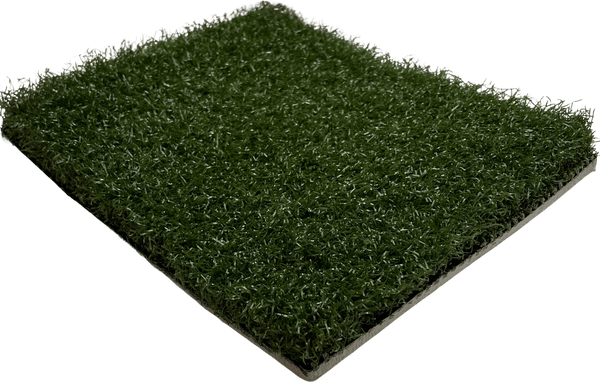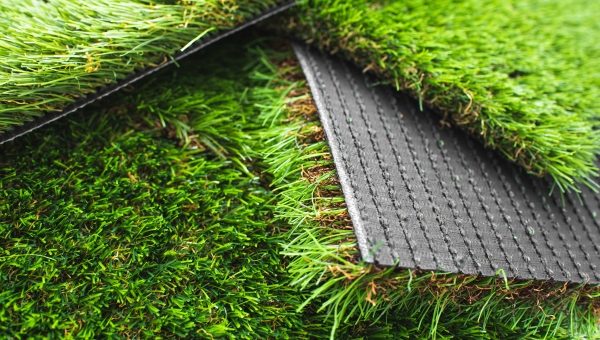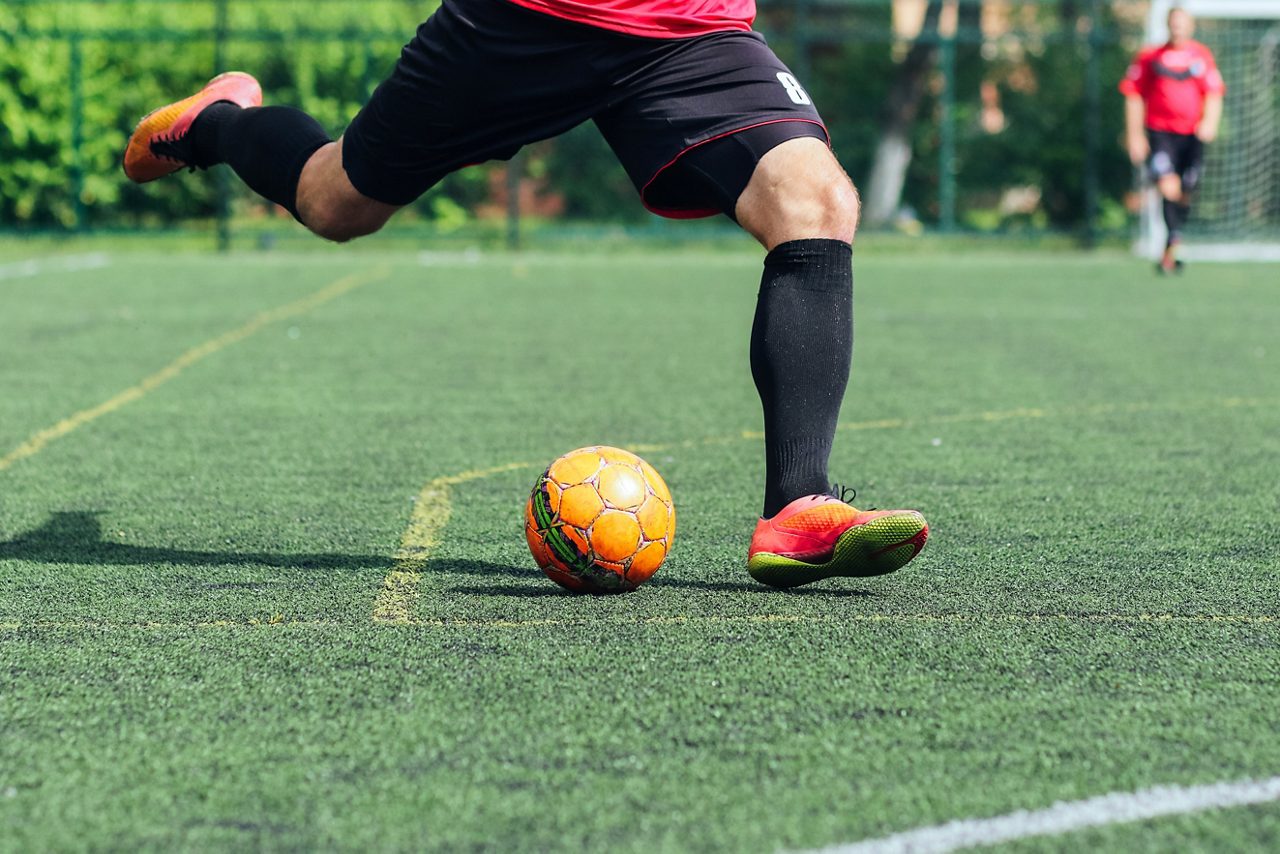See Why Homeowners Prefer Artificial Grass for Lasting Landscape Design Practices
As house owners progressively prioritize sustainability in landscape design, synthetic grass has emerged as a compelling alternative to conventional turf. Its capability to save water, reduce upkeep efforts, and reduce environmental influence placements it as a useful option for those looking for eco-friendly services. Additionally, the aesthetic charm and convenience of artificial grass accommodate diverse design choices. However, the implications of this change expand past simple convenience and aesthetic appeals, motivating a better assessment of how these options affect broader ecological outcomes. What stays to be discovered is the complete scope of advantages that synthetic grass can offer to house owners and the setting alike.
Water Conservation Benefits
One of the most substantial benefits of artificial grass is its function in water preservation. Traditional lawn lawns call for significant amounts of water to keep their lavish appearance, typically bring about overuse of neighborhood water resources, specifically in dry areas. In comparison, artificial turf removes this demand entirely, as it does not call for irrigation. This not only conserves water but likewise decreases the strain on metropolitan water supply, particularly throughout dry spell problems.
In addition, the installment of synthetic grass can add to a much more sustainable landscape. Property owners can substantially reduce their water expenses, allowing for reallocation of sources to other ecological efforts or house uses. In addition, synthetic grass is created to endure numerous weather problems without the need for supplemental watering, making it an optimal choice for areas facing water deficiency.
The ecological benefits expand past instant water cost savings. By reducing water intake, synthetic grass helps to alleviate the influences of environment change, maintaining essential communities that are threatened by excessive water removal. As sustainable landscaping practices obtain traction, fabricated turf arises as a liable choice for home owners seeking to develop environment-friendly outside areas.
Lowered Maintenance Efforts
Synthetic grass considerably minimizes upkeep initiatives compared to conventional grass lawns. With synthetic lawn, house owners can get rid of the time-consuming tasks connected with natural landscape design, such as mowing, fertilizing, and weeding. This not just saves useful time but also lowers physical labor, making yard treatment accessible for people of any ages.
One of one of the most notable benefits is the absence of routine mowing. Traditional grass call for constant cutting to keep an aesthetically pleasing height, whereas synthetic grass continues to be consistently lavish without the need for cutting. Additionally, homeowners no much longer need to apply plant foods or chemicals, which are frequently required to maintain natural lawn healthy. This change not just lightens the workload yet also advertises a neater, much more consistent appearance year-round.
Additionally, synthetic grass is resilient and resistant, calling for minimal upkeep beyond occasional brushing and rinsing to remove debris. This simplicity of upkeep permits home owners to enjoy their exterior areas without the continuous worry of upkeep, providing even more time for leisure and family members activities. Eventually, the decreased maintenance initiatives related to synthetic grass make it an enticing choice for those seeking a low-maintenance, aesthetically appealing landscape.

Environmental Effect Decrease
There is an expanding recognition of the ecological advantages related to man-made lawn, particularly in terms of water conservation and reduced chemical use. Conventional yards call for significant quantities of water, especially in drought-prone areas, bring about increased stress on local water resources. On the other hand, synthetic grass gets rid of the need for watering, substantially decreasing water intake and promoting sustainability.
In addition, standard yard upkeep usually involves the application of chemicals, herbicides, and fertilizers, which can contribute to dirt and water pollution. Synthetic grass minimizes this ecological hazard by calling for marginal upkeep and essentially getting rid of the need for harmful chemicals. This not just boosts soil health and wellness yet likewise safeguards local ecosystems from harmful overflow.
In addition, the production of all-natural turf lawns usually includes making use of nonrenewable fuel sources for trimming and landscape design equipment, further adding to greenhouse gas discharges. By choosing man-made grass, homeowners can significantly decrease their carbon impact related to grass treatment activities.
Aesthetic Charm and Flexibility
Along with its ecological benefits, fabricated grass supplies Check Out Your URL considerable visual allure and versatility for landscaping. Property owners can accomplish a lush, environment-friendly look year-round, eliminating the seasonal fluctuations frequently connected with all-natural lawn. This regular aesthetic not just improves the visual allure of a property yet additionally adds to a polished and properly maintained appearance.
Furthermore, synthetic grass is readily available in a selection of appearances, styles, and shades, permitting customization to fit specific choices and design themes - Arizona turf. Whether used in household gardens, business rooms, or entertainment areas, it can seamlessly integrate into varied landscaping designs, from contemporary minimal to lush exotic setups
The convenience of synthetic grass prolongs beyond simple appearance; it can be installed in numerous places, consisting of rooftops, outdoor patios, and also interior spaces, producing chances for distinct landscaping services. Furthermore, it appropriates look at this now for a variety of tasks, from youngsters's play areas to pet-friendly atmospheres, supplying performance without jeopardizing style.
Ultimately, the aesthetic allure and convenience of synthetic grass make it an attractive option for homeowners seeking sustainable landscape design services that do not compromise elegance for ecological duty.

Long-Term Cost Cost Savings
One of the most compelling benefits of synthetic grass is its potential for long-term cost financial savings. Unlike all-natural grass, which calls for routine upkeep-- including mowing, watering, fertilizing, and bug control-- fabricated turf dramatically lowers these recurring expenditures. Homeowners can conserve a substantial quantity on water costs, specifically in areas where water scarcity is a pressing issue. The elimination of lawn care services further contributes to financial savings, as there is no need for specialized devices or labor.
In addition, synthetic grass has a life-span of 15 to 25 years, relying on its top quality and usage. This sturdiness minimizes substitute prices, making it an extra economical selection over time. Furthermore, the preliminary financial investment in synthetic blog here grass can commonly be redeemed with the savings built up gradually.
While the upfront cost may appear higher contrasted to sod installment, the cumulative savings from lowered maintenance and water use commonly exceed these first expenses. Inevitably, the fostering of synthetic grass not just advertises a lasting landscape design remedy however also supplies property owners a monetarily savvy choice that straightens with long-term budgeting objectives.
Verdict
Man-made grass arises as a compelling option for sustainable landscape design, using substantial advantages in water conservation, lowered maintenance efforts, and diminished ecological effect. Its aesthetic appeal and flexibility improve the visual landscape while aligning with contemporary sustainability goals. In addition, long-lasting expense savings contribute to its attractiveness for homeowners. As neighborhoods significantly prioritize eco-friendly techniques, the adoption of synthetic grass stands for a modern step towards attaining resistant and lasting landscapes.
In addition, man-made lawn is designed to withstand various weather conditions without the demand for additional watering, making it an excellent option for regions dealing with water shortage. (Phoenix turf companies)

Synthetic grass arises as an engaging alternative for sustainable landscaping, supplying considerable benefits in water preservation, lowered upkeep efforts, and decreased ecological effect.